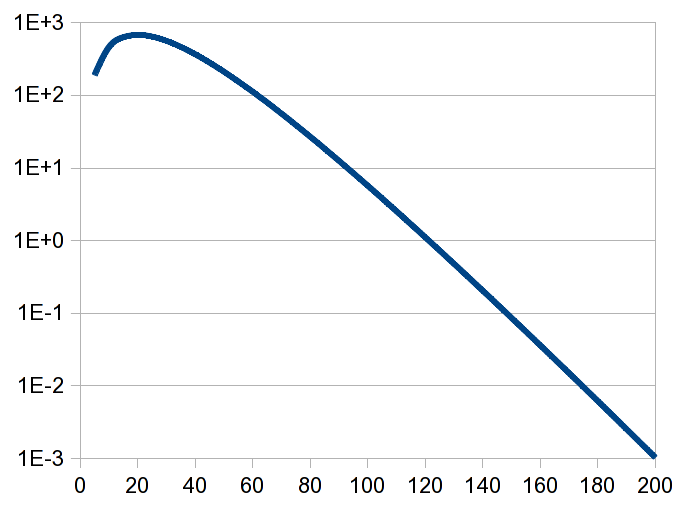Where Are They?
Ward and Brownlee's Rare Earth posits that intelligent life involves many more accidents than are acknowledged by the Drake equation, including statistically unlikely "missing accidents" such as nearby supernovae. We are fortunate to be here - and it may have been billions of years since there was another planet populated with space-faring intelligence in this galaxy.
But if an intelligence is space faring, what keeps them from filling the galaxy?
Space advocates like to pretend economics does not matter, that we will conquer space out of some innate desire to explore. However, exploring distant stars is an incredibly costly undertaking, and most space advocates I know are a lot more interested in channel surfing than creating a fortune and spending it on results they will not see in their lifetimes. Chances are, even if they tried, those that follow them will spend that fortune on yachts and sports teams instead.
The cold hard fact is that a dollar spent today is worth more than a dollar spent a year from now, by a fraction D, the discount rate. Typical discount rates are around 5%/year, D=0.05/year. This is different than inflation rates, economic growth rates, etc., which are often denominated in currencies that can be temporarily manipulated by governments. In the long term, individuals or nations that ignore the discount rate go bankrupt. The discount rate is ultimately set by the time horizons of individual human beings, and the "mischief rate" of predators (including governments).
The main thing we will extract from the universe around us is information processing, powered by star energy. But information loses value over time, a discount rate applies. Information from a computation source 10 light years away is 20 years old (round trip speed of light time), 36% of the value of locally generated information, assuming a discount rate of 5%/year . At some distance, the incremental cost of generating information remotely is more than the cost of maintaining local information generation.
Assume the value of information generation is proportional to the volume of space in light years times the distance discount, approximately e-2Dx for small D. The volume of a spherical shell between x and x+1 light years is 4πx2, so the value of expanding 1 light year is proportional to 4πx2e-2Dx.
For D=.05, the value per light year added is:
x |
value |
|
5 |
190.5 |
|
10 |
462.3 |
|
20 |
680.3 |
|
30 |
563.1 |
|
40 |
368.3 |
|
50 |
211.7 |
|
60 |
112.1 |
|
70 |
56.2 |
|
80 |
27.0 |
|
90 |
12.6 |
|
100 |
5.7 |
|
110 |
2.6 |
|
120 |
1.1 |
|
130 |
0.5 |
|
140 |
0.2 |
The value near zero light years is zero - no other stars nearby, besides our own - and the value at 200 light years is 1 million times smaller than the value at 20 light years. At some point, the economic value of the universe beyond a small multiple of our "discount radius" is negligable.
If our civilization expands to a collection of 50K Dyson shells 200 light years in diameter, it will be damned hard to distinguish from a warm infrared gas cloud. Given the time/distance discount rate, and the rarity of intelligent life, the economic value of communicating with a similar Dyson shell far across the galaxy will be negligable, not worth the effort even for a very wealthy fanatic.
Where are they? We may never care enough to make the enormous effort to find out. If we do, the likelihood of a two-way conversation is indistinguisable from zero.

